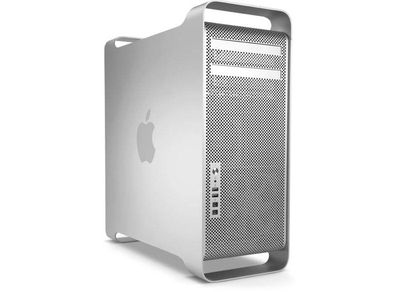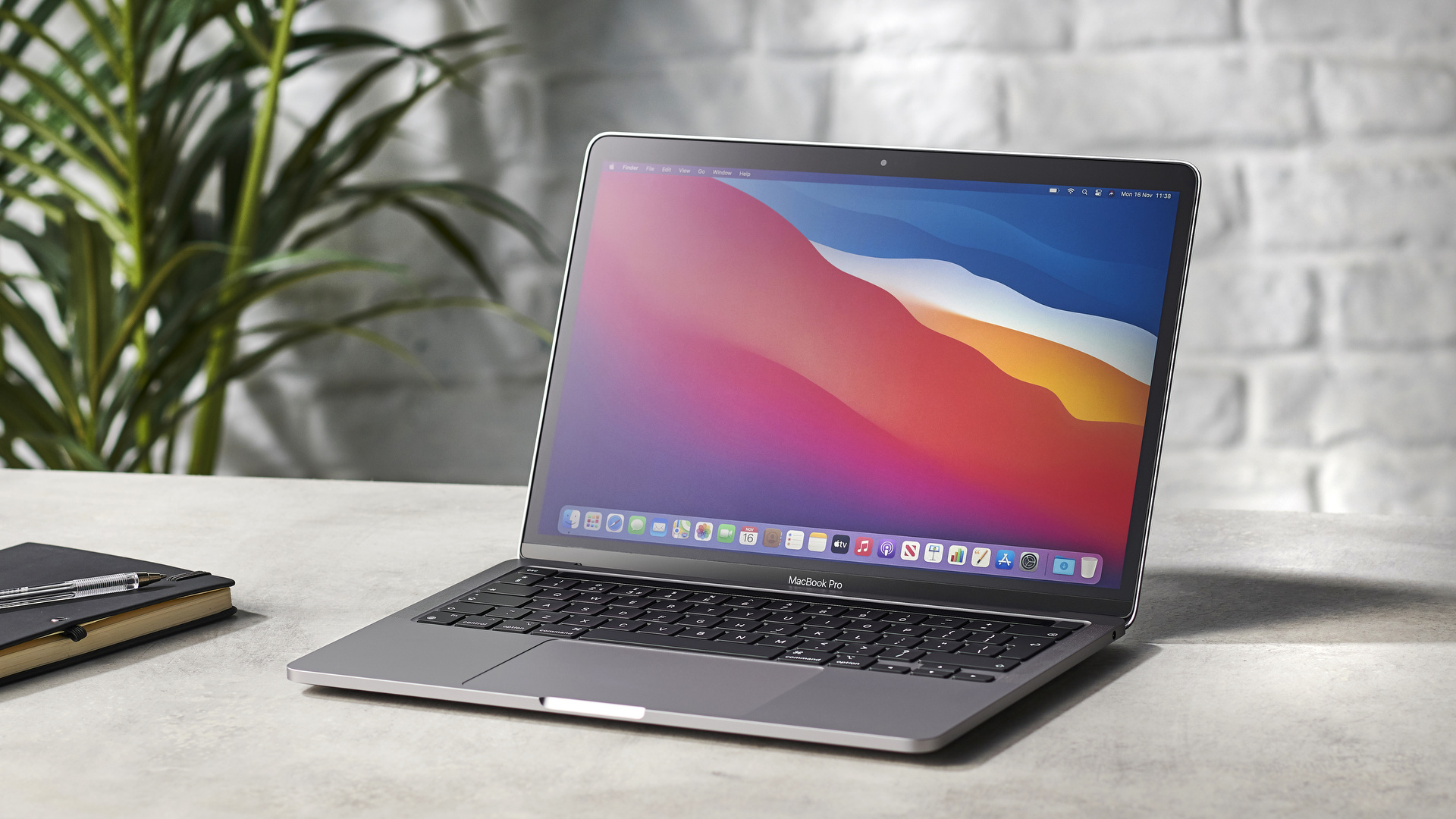

- #TWO VIDEO CARDS IN MAC PRO ONE FOR WINDOWS 10 UPGRADE#
- #TWO VIDEO CARDS IN MAC PRO ONE FOR WINDOWS 10 FULL#
- #TWO VIDEO CARDS IN MAC PRO ONE FOR WINDOWS 10 PLUS#
The question is - how are those buffers filled, and how quickly? With 32 lanes available - in theory software could fill the data half and half to each GPU at full x16 speed, then rely on infinity fabric which is 5x faster than PCI to duplicate that data across to both frame buffers. We know that resolve needs the same data in the frame buffers of all GPUs (which is why adding GPUs doesn't get you more VRAM). However - and this is kind of the curse of being an early adopter and buying based on the theoretical - the lingering question is, will software like Resolve be able to take advantage of that bandwidth? How does it interact with things like the Metal API? On a pure, theoretical throughput level - the dual singles can move more data.

The dual singles have 32 lanes available to them total, the single duo has 16. So I was always going to get dual GPUs, it was just what configuration?Īs far as the bandwidth issue goes - its simple math. A dual duo config was never in my budget. The big question for me was single duo vs dual single vega. Hey everyone - figured i would chime in here! Of course, infinity fabric could change that calculus, so those benchmarks would be interesting to see. I think some of the other benchmarks Puget Systems has done showing that extra GPUs beyond two don't really benefit performance back this up:
#TWO VIDEO CARDS IN MAC PRO ONE FOR WINDOWS 10 UPGRADE#
I believe D'Anna 's thesis(he's on here so he can correct me) is that he will someday upgrade to all new GPUs, so it's not worth saving the slot to put in a second duo card down the line when all new GPUs will give a much greater boost. In that case it would be better to maximize PCIe bandwidth. Sounds like Resolve has it, but other apps may not bother. Also, the infinity fabric requires application software support.
#TWO VIDEO CARDS IN MAC PRO ONE FOR WINDOWS 10 PLUS#
Therefore, the dual solo setup will have the best performance, since each card gets it's own full PCIe PLUS the infinity fabric. My understanding is Infinity Fabric is present in both setups, there's a custom connector behind the PCIe slot for it. This gave me pause, but wasn’t that the point of Apple integrating thunderbolt into the module? Wasn’t that the point of Fabric Link and Apple claiming it transfers data between the two cards up to 5 times faster than PCIe? He didn’t back this up with any stats or benchmark tests since he’s only running his config, but I’m curious what you all think about if there’s a bandwidth issue or if you know of any benchmark tests between both configs. The reason he gives is that the MPX module in one slot will lose half the bandwidth on one of the cards. However, in the article, Joey cautioned against this and recommends two individual Pro Vega II cards occupying both double-wide slots. I’m thinking of getting the Radeon Pro Vega II Duo MPX module, my thinking being if I want to get another card at some point (or make use of the other double wide PCIe slot some other way), the duo card gives me that flexibility. I was feeling pretty certain in my config and then I read this article on Mixing Light about the new Mac Pro

I’m finally about to pull the trigger and get the 2019 Mac Pro.


 0 kommentar(er)
0 kommentar(er)
